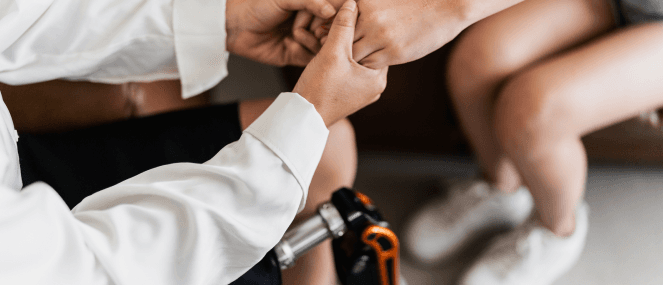
- Health hub/
- Stress relief & sleep support/
- Late Nap or Early Bedtime?


Taking a late nap
There are many benefits to taking a nap, from helping you to feel refreshed, improving mood, alertness, focus, reaction time and short term memory, to alleviating fatigue before continuing to drive.
Naps can be particularly helpful for shift workers who have irregular work patterns and may have to be awake in the early hours of the morning.
However, there are downsides to napping, as it can be detrimental to your sleep pattern if care isn’t taken to how it is done. For instance, according to Harvard University, a nap too late in the afternoon can make it hard to sleep when it comes to bedtime at night.
According to the Sleep Foundation, experts generally recommend adults nap eight or more hours before bedtime, which means approximately before 3pm. The period post lunch between 12 and 2pm may be an ideal time to have a nap, as this is when the body may naturally feel sleepy. Aside from the evening, it is the second peak period for sleepiness, linked to the body’s circadian rhythm, the body’s internal clock that follows a 24-hour cycle.Tips for late napping
Here are some tips to ensure you get the most out of your late nap so that it assists your sleep routine as much as possible:Make it short
Try to aim for around 20 minutes. The longer the sleep, the more likelihood that the sleep will enter the deep sleep stage which can increase the chance of waking up groggy. The Sleep Foundation states that a shorter nap may also help to prevent you from having trouble falling asleep that evening.Set an alarm to help you wake up in time
Optimised sleep environment
An optimal sleep environment is cool, quiet, and dark. If you work in an office, have accessories such as earplugs or eye masks on hand to reduce disruptions during nap time. Preferably this will take place in a nap pod or other area suitable for resting without distractions.Consistent timing
If you really need to take a late nap regularly, try to nap at the same time each day.Examine your sleep habits
If you are finding that you are constantly needing to take a nap during the day, it’s worth looking into why this might be the case. Evaluate whether you are getting enough hours of sleep per night, and if not, perhaps you could try increasing this amount to see if you experience any improvement.
Try to avoid becoming dependent on naps, as this may contribute to ongoing fragmented sleep. The Sleep Health Foundation advises that naps are not a substitute for good quality sleep and the focus should be on creating a consistent sleep schedule and habits. Naps should only be used when you are sleep deprived.
If you think you are getting enough sleep but still finding the urge to have day naps, it would be worth seeing a healthcare provider to discuss and address any underlying issue.
Early bedtime
Tips for achieving an early bedtime
If you are trying to get to bed earlier, it might be best to avoid naps later in the day. The Sleep Foundation suggests you could make the change in small 15-minute increments.
In addition, try to develop a calming evening wind down ritual each evening to send the message to your body that it’s time for sleep. Such a ritual could start with having a bath and reading a book, followed by stretching and meditation before heading to bed.
This would include eliminating or at least limiting exposure to blue light from electronic devices. As The Sleep Foundation reports, research shows that blue light suppresses the body’s production of melatonin, the sleep hormone that helps us to sleep.
Other measures include exercising daily, though not too close to bedtime, eating a healthy diet, avoiding heavy meals, creating a peaceful sleep environment, avoiding caffeine late in the day, and perhaps trying some natural sleep aids.
Striking the balance between late nap and early bedtime
Determining whether to take that late afternoon nap or go for an earlier bedtime can be difficult and can often depend on our schedules and our individual preferences.
It is important to listen to your body and nap if you do feel you need it. However, if you do need to opt for a late nap, it would be helpful to follow the guidelines we have provided here to lessen the disruption to your evening sleep.
You could experiment with both late naps and early bedtimes and adjust based on how you feel.
Finally, consistency in sleep is extremely beneficial. New research has revealed that going to bed and waking up at similar times each day is a higher predictor of health than the amount of sleep we get.
REFERENCES
https://health.clevelandclinic.org/power-naps/
https://www.sleephealthfoundation.org.au/sleep-topics/napping
https://www.sleepfoundation.org/sleep-hygiene/benefits-of-waking-up-early




